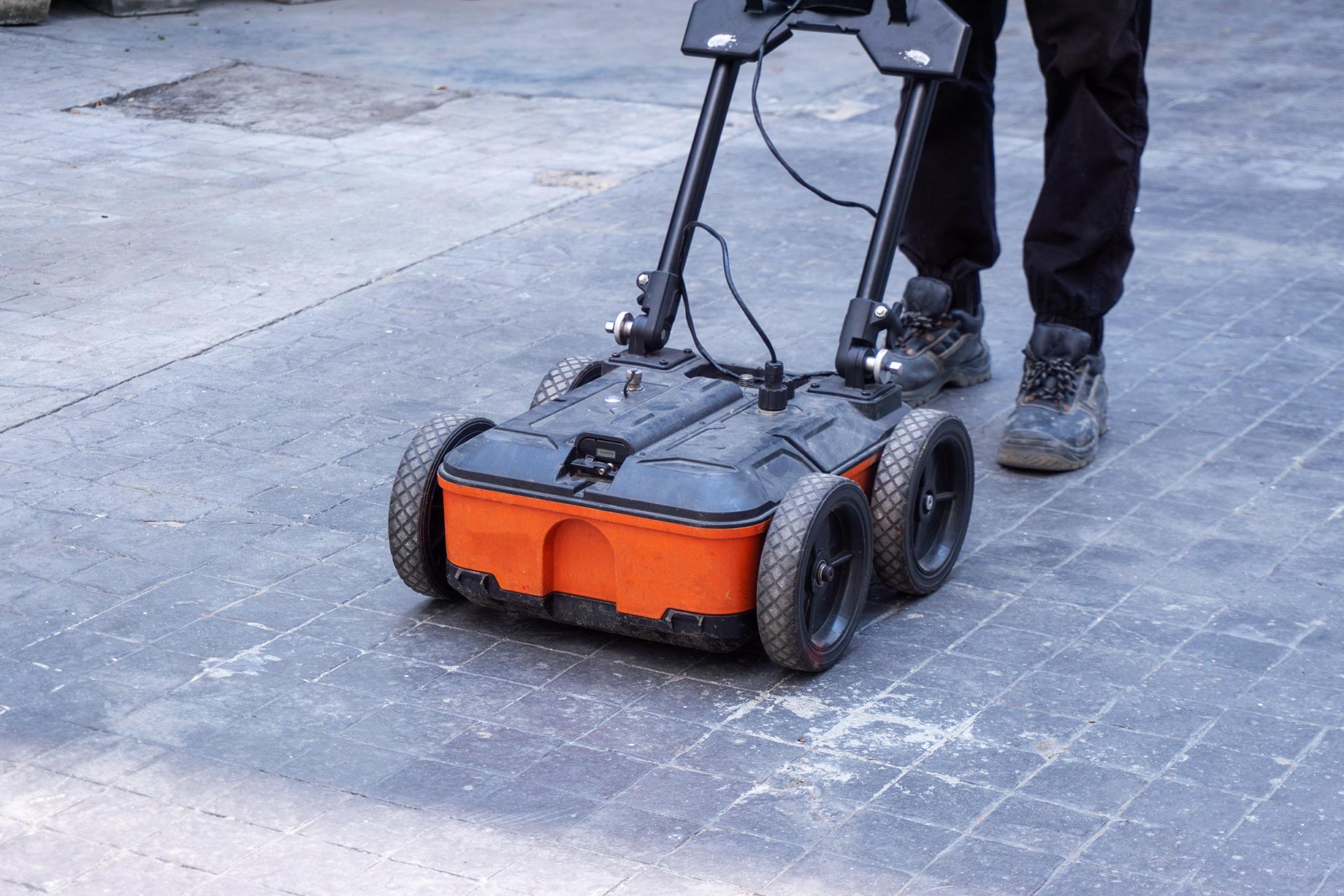
When investing in real estate, what you see on the surface is only part of the story. Beneath floors, walls, and slabs lies a complex network of rebar, conduits, post-tension cables, and utilities that can dramatically impact a property’s value and safety. That’s where concrete scanning becomes a critical step in protecting your investment. This non-destructive method allows buyers, developers, and property managers to make informed decisions, avoid costly surprises, and ensure structural integrity. Whether you’re purchasing, renovating, or developing property, scanning is a smart, preventative measure that safeguards both people and capital.
Why Concrete Scanning Matters in Real Estate
Real estate transactions involve significant financial commitments, and even minor structural issues can lead to major financial losses down the line. Concrete scanning provides a clear picture of what lies beneath the surface, enabling investors to evaluate properties with greater accuracy and confidence. By identifying embedded objects, voids, and potential hazards early, it reduces the risk of encountering unexpected complications during renovations or structural work.
For buyers and developers, scanning is a powerful tool for due diligence. It ensures the property aligns with safety standards and building codes while providing reassurance that no hidden surprises will surface after closing the deal. A well-informed decision backed by accurate subsurface data can mean the difference between a profitable investment and an expensive mistake.
Reducing Costly Surprises Before They Happen
Unexpected discoveries during construction or renovation can derail even the most carefully planned real estate projects. Hitting hidden rebar or electrical conduits can lead to structural damage, dangerous incidents, and costly repairs. Concrete scanning helps prevent these issues by revealing what’s below the surface before any drilling, cutting, or coring begins.
Beyond immediate repair costs, avoiding surprises also protects timelines and budgets. Delays in construction often trigger a domino effect: contractors reschedule, materials go unused, and projects lose momentum. By incorporating scanning early in the planning phase, property owners can protect their investment and maintain control over the project’s schedule and costs.
GPR: The Technology Behind Accurate Concrete Scanning
One of the most effective methods used in concrete scanning is ground-penetrating radar (GPR). This advanced, non-destructive technology emits radar waves into concrete surfaces to detect variations in density. When the waves encounter objects such as rebar, conduits, or voids, they bounce back, allowing technicians to map what lies beneath with remarkable precision. GPR delivers real-time results and is safe to use indoors, making it ideal for both residential and commercial properties.
GPR is particularly valued in real estate contexts because it avoids the need for destructive testing. Instead of drilling blindly into concrete slabs, investors and contractors gain an accurate understanding of the subsurface. This technology minimizes risk, ensures compliance with building standards, and ultimately enhances the confidence of everyone involved in the project. As more real estate professionals embrace GPR scanning, it’s becoming a standard part of modern property evaluation.
Supporting Smarter Renovation and Development
Concrete scanning empowers better decision-making during renovations and property development. By mapping out existing structures, investors can plan upgrades and modifications more efficiently. For example, knowing exactly where post-tension cables or plumbing lines are located allows teams to safely install new fixtures, cut through slabs, or reroute utilities without compromising the building’s integrity.
This proactive approach is especially valuable in older properties or buildings that have undergone multiple renovations over time. Original blueprints may be outdated or incomplete, but scanning creates an accurate and current picture of the structure. With this clarity, architects and contractors can execute their plans confidently, saving time and reducing unexpected design changes mid-project.
Safety, Compliance, and Risk Management
Safety is a top priority in any real estate transaction or construction project. Hidden electrical lines, gas conduits, or structural elements pose serious hazards to both workers and occupants. Concrete scanning helps mitigate these risks by identifying potential dangers before any intrusive work begins. This not only prevents accidents but also ensures compliance with safety regulations and industry standards.
In many jurisdictions, scanning is considered a best practice. In some cases, it’s required by law or by insurance providers before certain types of work can begin. Including scanning in your due diligence demonstrates a commitment to safety and professionalism, which can enhance your reputation with contractors, lenders, and tenants alike.
Long-Term Value Protection for Investors
A property is a long-term investment with ongoing maintenance, upgrades, and tenant considerations. Concrete scanning plays a crucial role in preserving and increasing property value over time. By maintaining a clear understanding of the structure’s internal conditions, owners can plan preventive maintenance, avoid unnecessary damage, and protect against liability issues.
Furthermore, a scanned and well-documented structure becomes more attractive to future buyers and investors. The detailed insights gained through scanning add transparency and credibility, ultimately strengthening the property’s position in the market. When buyers know that thorough assessments have been conducted, they’re more likely to move forward with confidence.
Secure Your Investment from the Ground Up
Every successful real estate investment begins with understanding the full picture, both above and below the surface. Concrete scanning provides that clarity, offering investors a reliable way to protect their capital, ensure safety, and prevent costly mistakes. By incorporating technologies like GPR into your property evaluations, you gain a strategic advantage that extends well beyond the initial transaction.
Whether it’s a commercial redevelopment, a residential renovation, or a new construction project, scanning sets the foundation for smarter decisions and stronger returns. Protecting your investment starts long before the first wall is painted or the first tenant moves in; it begins with knowing what’s beneath your feet.